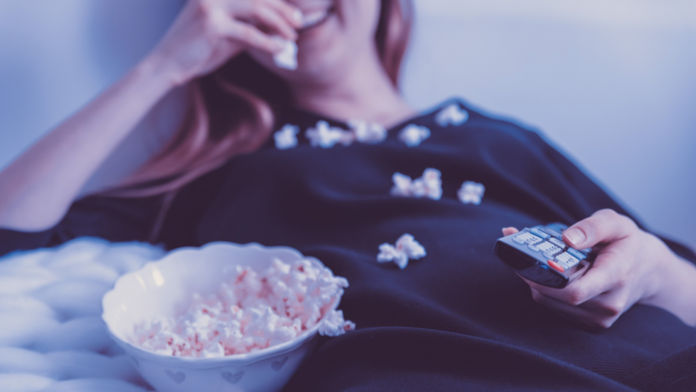Despite the best intentions of many people who want to be more active, many find themselves unable to overcome old habits and take those first steps.
How many of us have made plans to exercise, just to find ourselves sitting on the sofa scrolling Instagram? According to new research, this might not just be laziness, but a hardwired evolutionary need to conserve energy resources.
For decades we’ve been encouraged to be more physically active, and we know it would be better for our physical and mental health if we did, but statistics show that we are actually becoming less active. Now, researchers from the University of British Columbia (UBC) might have uncovered the cause of this ‘exercise paradox’.
In a study of 29 healthy young men and women, researchers used encephalography to measure their brain activity and reaction times when shown on-screen images of stick figures being active, or inactive. The participants also had an on-screen stick figure of their own, and were asked to move towards images depicting “movement and active lifestyle” and away from “rest and sedentary lifestyle” images as quickly as possible by pressing keys on the keyboard. The instructions were then reversed.
Interestingly, participants were fastest at moving towards active pictures and away from ‘lazy’ pictures. But importantly, brain activity peaked when moving away from lazy pictures, suggesting their brains had to work harder to make this move.
According to the researchers this is not entirely surprising.
“Conserving energy has been essential for humans’ survival, as it allowed us to be more efficient in searching for food and shelter, competing for sexual partners, and avoiding predators,” said Matthieu Boisgontier, a postdoctoral researcher in UBC’s brain behaviour lab, and senior author of the study.
If conserving energy is ingrained and automatic, deciding to exercise is the opposite. When these two decision-making processes come into conflict, overcoming the automatic response requires cognitive resources and effort.
In short, it’s hard.
Boisgontier explains that the failure of public policies to counteract physical inactivity may be due to this innate energy-saving behaviour that has been developed and reinforced across evolution.
But, there is hope. The study results also suggested that avoiding sedentary behaviour was easier for more active individuals. Could this mean the brain can be re-trained?
There is more work to be done to understand how to overcome the forces that keep you stuck to your sofa, but knowing what is happening, and that you are not ‘just too lazy’, is an important first step.









































